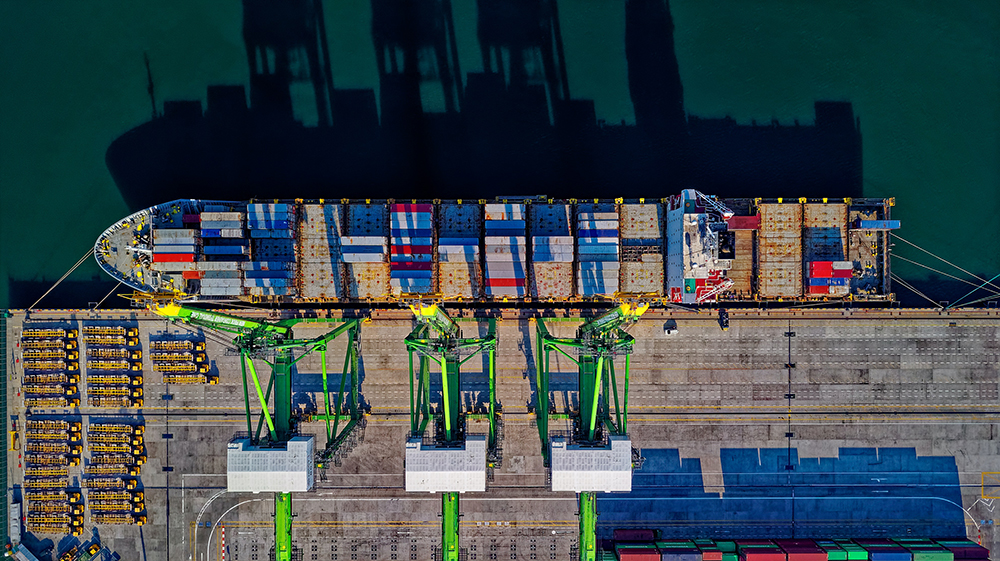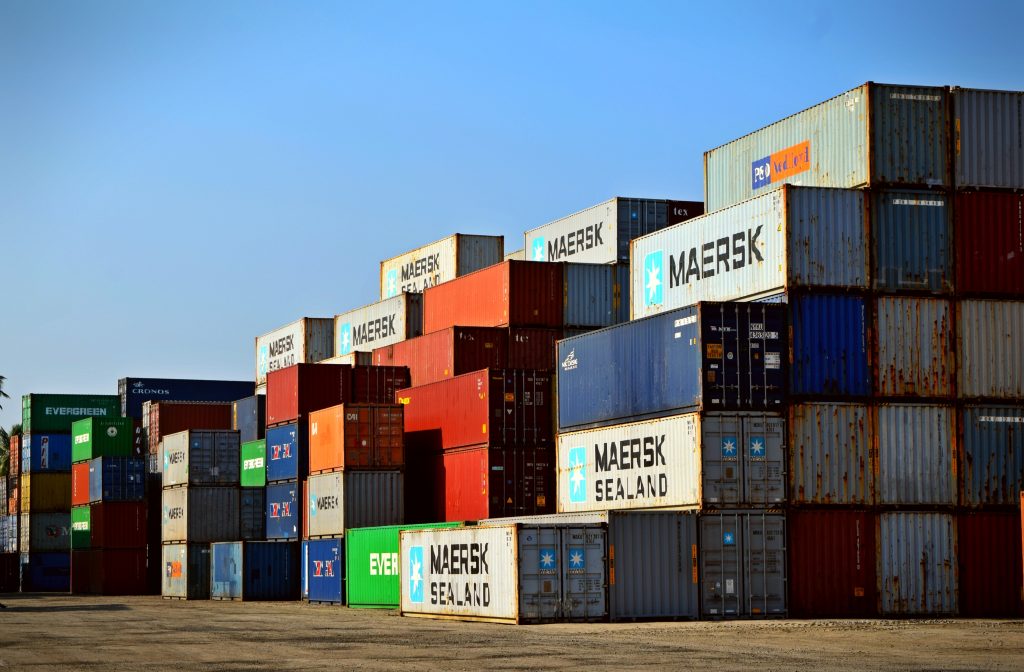
Cybersecurity in Shipping Logistics: The Rising Threat
When you think of shipping and transportation, perhaps the last thing you consider is the threat that cybercrime can pose to the industry. However, as technology advances and systems become increasingly connected to online networks, cybersecurity is a necessity of modern shipping logistics.
Meanwhile, all kinds of digital attacks are increasing against a wide variety of industries. In this dangerous landscape, shipping companies must build strategies and implement processes that increase the safety of their digital systems.
From the rising threats to the evolving role of cybersecurity in shipping logistics, here’s what you should know.
The Rising Threat
When the COVID-19 pandemic struck, shutting down economies and causing widespread financial uncertainty, hackers took it as an opportunity to increase their malicious efforts. As many as 90% of surveyed IT leaders said they experienced an increase in cyber attacks due to the pandemic. Meanwhile, 93% said they had to delay key security projects in order to manage remote-work transitions.
This demonstrates the vulnerability of online global systems. Threats like the Kwampirs malware are running rampant and IT leaders are caught off-guard while attempting to deal with other pressing concerns.
But what does this have to do with the shipping logistics industry?
All kinds of new and highly connected technologies are propagating in the fleet management market. These innovations consist of sensors and monitors in the form of Internet of Things (IoT) devices, AI route-improvement software, and Advanced Driver Assistance Systems (ADAS) that improve driver safety through assisting with difficult and repetitive tasks. These in-vehicle monitoring systems bring location tracking and enhanced driver analytics to fleet management, creating altogether safer roads.
But what happens if these systems get hacked?
June of 2017 was a preview of exactly that. When 80 logistics and transportation ports were struck by ransomware, shipping company A.P. Moller-Maersk lost $300 million. Meanwhile, many deliveries were held and drivers forced to idle. The attack disrupted a complex supply chain and the effects rippled through various markets.

A.P. Moller-Maersk lost $300 million in 2017 due to a cyber attack.
As we come to increasingly rely on connected tech and even fully autonomous vehicles, the threat of cyberattack can be dangerous both financially and physically. Fortunately, there are a few simple steps you can take to better ensure supply chain cybersecurity.
Initiatives to Enhance Cybersecurity
Cybersecurity is needed in virtually every industry in today’s highly digital world. Securing your systems, however, can be difficult without the right professional assistance and reliable data services.
But finding the right help can be a challenge in its own right. Information systems professionals are in high demand, especially in the manufacturing and supply sector, where experts with the right skill set can earn their piece of a $2.17 trillion market.
Additionally, all kinds of IT personnel can build a better approach to secure shipping logistics through strategies like the following:
1. Assess compliance standards across the board.
A variety of data security standards are present across industries, such as HIPAA in healthcare or PCI-DSS in retail. Ensure all third-party suppliers and vendors meet relevant standards to facilitate safer information transfer.
2. Secure your software.
Software can be a vulnerability in supply chains. Protect yours with firewalls, VPNs, Transport Layer Security (TLS), and more to better ensure the safety of your networks and equipment.
3. Limit and monitor access.
Every user should maintain their own strong passwords and clearances. Data systems like blockchain can be helpful in securing information behind individualized user authorization keys, complete with immutable timestamps recording access to the system.
4. Educate your employees.
Avoiding a data breach can come down to simply educating your employees on avoiding links from unknown senders. Ensure all shipping logistics workers understand the importance of strong private passwords and maintain an awareness of common phishing practices.
5. Continuously run vulnerability assessments.
Risk assessments should be run at consistent intervals to help keep systems updated and functioning with the protections they need. Your assessments should include all IoT devices and networked equipment that could present an access point for an attacker.
When it comes to securing the digital systems throughout your shipping logistics processes, each of these strategies can mean the difference between a data breach or a prevented hack. Ensure your current systems are protected by a thorough baseline of SSL and VPN usage. Then, keep your employees educated in digital hygiene.
Evolving Roles in Cybersecurity and Logistics
With a comprehensive and consistent analysis of your data systems, you can mitigate the potential of a costly cyber attack. As our use of tech increases, cybersecurity will continue to play a greater role in shipping logistics.
Much like how a barcode system is now essential to inventory management, digital tools and AI technology are essential to managing supply chains with a modern edge. Systems like delivery and route management software can be the perfect way to increase your shipping efficiency, but the payoff won’t be nearly as great if your systems are compromised by malware.
Roles within shipping logistics are changing in consideration of the virtual shift. Understand the shifting nature of the industry and implement cybersecurity best practices like these to better protect your supply chains.
This article is written by guest author Beau Peters. View more of Beau’s articles here.






